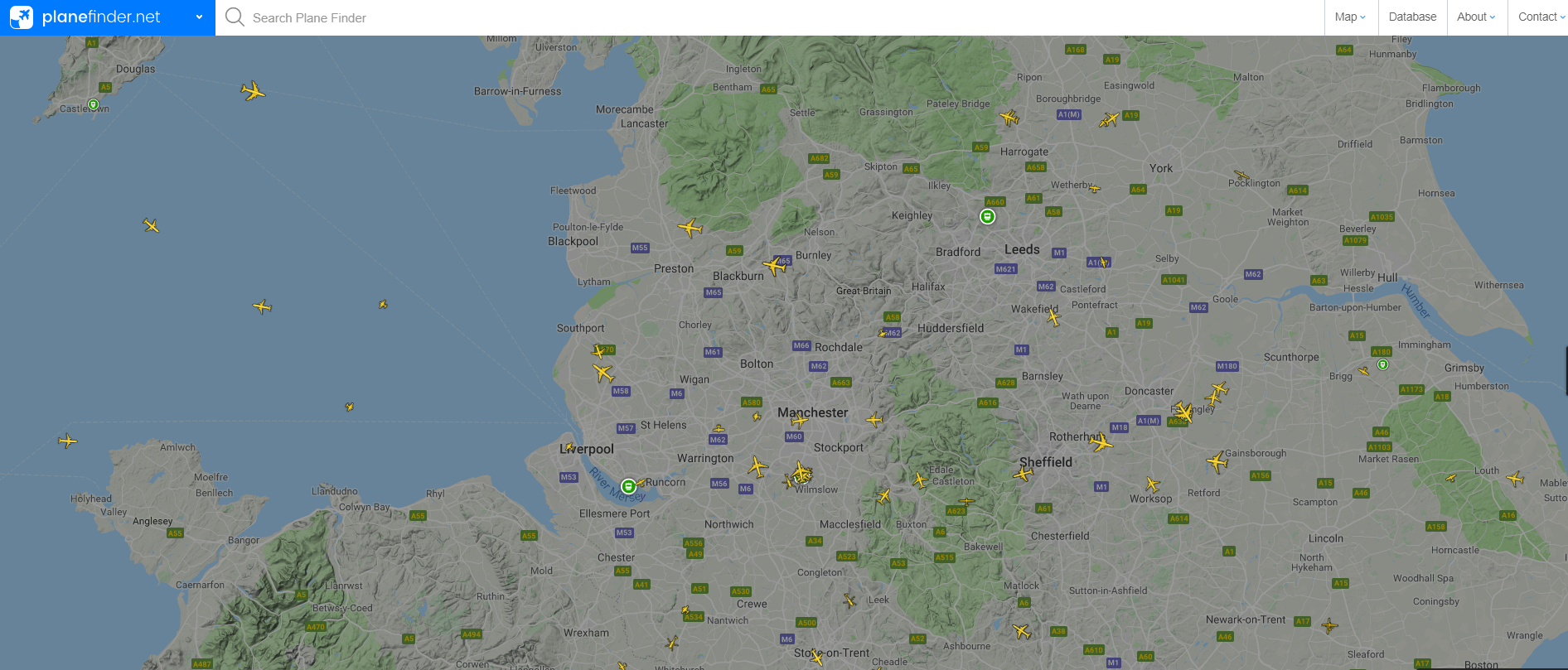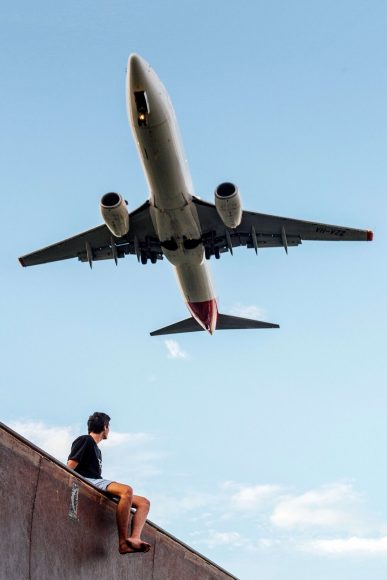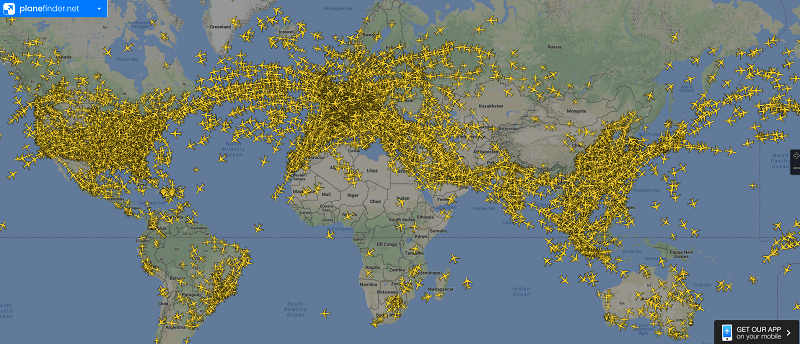Plane Finder is an interactive real-time platform allowing to spot almost any aircraft on (or above) the Earth. Its radars set for ADS-B transmitting technology provide for immediate direct signal receipt from the plane. Another type of signal working out technology is MLAT. For the planes not equipped with such transmitters or unavailable in real-time, the FAA is the primary source of tracking information, along with the FLARM glider source.
The pilots, technological team, ground operators, scientists and engineers use the data for their work. Yet, a regular Internet user might have a look just out of interest. Whatever made you think of planes and their routes, you can always discover more about it on PlaneFinder 24 hours live platform.
How does it function?
The Planefinder.net live map represents the existing plane routes in the mode of the real time. The data for drawing the map is received from 3 different feeds.







